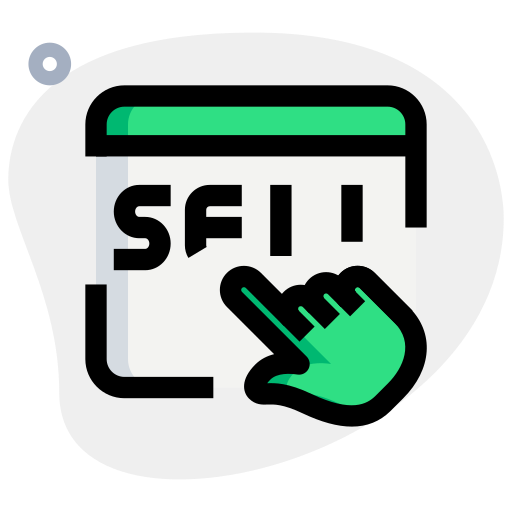If you're looking to get your G1 license in Ontario, you'll need to pass a written test that covers road signs, rules of the road, and basic driving knowledge. To help you prepare, we’ve created this step-by-step guide to assist you in taking your G1 practice test and increasing your chances of passing the official exam with confidence.
Step 1: Understand the G1 Test Structure
The G1 test is a written exam consisting of two parts:
- Road Signs Section: 20 multiple-choice questions about traffic signs and their meanings.
- Rules of the Road Section: 20 multiple-choice questions about Ontario's traffic laws, such as speed limits, parking rules, and road safety.
You need to correctly answer at least 16 out of 20 questions in both sections to pass.
Step 2: Familiarize Yourself with the Official Driver’s Handbook
The best way to prepare for your G1 test is to study the
Ontario Driver’s Handbook. This guide covers all the information you'll need to know for both parts of the test:
- Road signs: Learn the different road signs, their colors, and shapes. This section also includes what to do when you encounter specific signs, such as stop signs, yield signs, and warning signs.
- Rules of the road: Study traffic laws like right-of-way rules, speed limits, passing lanes, and pedestrian crossings.
You can find the official handbook online or pick up a hard copy at a ServiceOntario center.
Step 3: Take Practice Tests
Once you've familiarized yourself with the material, it's time to test your knowledge. Taking practice tests is a great way to identify areas where you need more focus and become more comfortable with the test format. You can find free G1 practice tests online or use mobile apps designed for G1 exam preparation.
Pro Tips:
- Take a variety of practice tests to ensure you’re well-prepared for all the possible questions.
- Time yourself during practice tests to simulate the test environment and improve your pacing.
Step 4: Use Online Resources and Apps
Several online platforms and mobile apps provide free or paid G1 practice tests and study guides. Some of the most popular resources include:
- G1 Practice Test websites: Many websites offer free quizzes and practice exams that simulate the actual test.
- G1 Test apps: Download apps like "G1 Test Ontario" for iOS and Android, which provide practice questions and explanations.
Using these apps and websites can give you an interactive experience, which is helpful for mastering the material.
Step 5: Review Mistakes and Weak Areas
After each practice test, review the questions you got wrong. Understanding why you missed certain questions is key to learning the material. Focus on the areas where you are weakest, and revisit those sections of the Driver’s Handbook.
Step 6: Prepare for the Test Day
When you're ready, book your G1 test through
ServiceOntario online or in person. On the test day, remember to bring:
- Proof of identity (e.g., passport or birth certificate)
- Proof of Ontario residency (e.g., utility bill)
- Payment for the test fee (usually around $16.00)
The G1 test is typically taken on a computer at a ServiceOntario center, so you’ll answer multiple-choice questions on a screen.
Step 7: Take the G1 Test
Once at the test center, stay calm and focused. Read each question carefully and take your time. Remember, if you need to, you can skip questions and return to them later.
Step 8: After the Test – What Happens Next?
If you pass both sections of the G1 test, you’ll receive your G1 license, which allows you to start practicing driving with a licensed driver in the car. If you don’t pass, don’t worry! You can retake the test after 10 days.
G1 Test Tips:
- Stay Calm: The G1 test can be nerve-wracking, but staying calm will help you think clearly.
- Use Mnemonics: To remember signs and rules, use mnemonic devices or flashcards.
- Know the Common Questions: Focus on the most common G1 test questions, which often include traffic signs, speed limits, and parking rules.
By following this guide and preparing diligently, you’ll be well on your way to passing your G1 test and getting one step closer to your full driver’s license in Ontario. Good luck, and drive safely!





